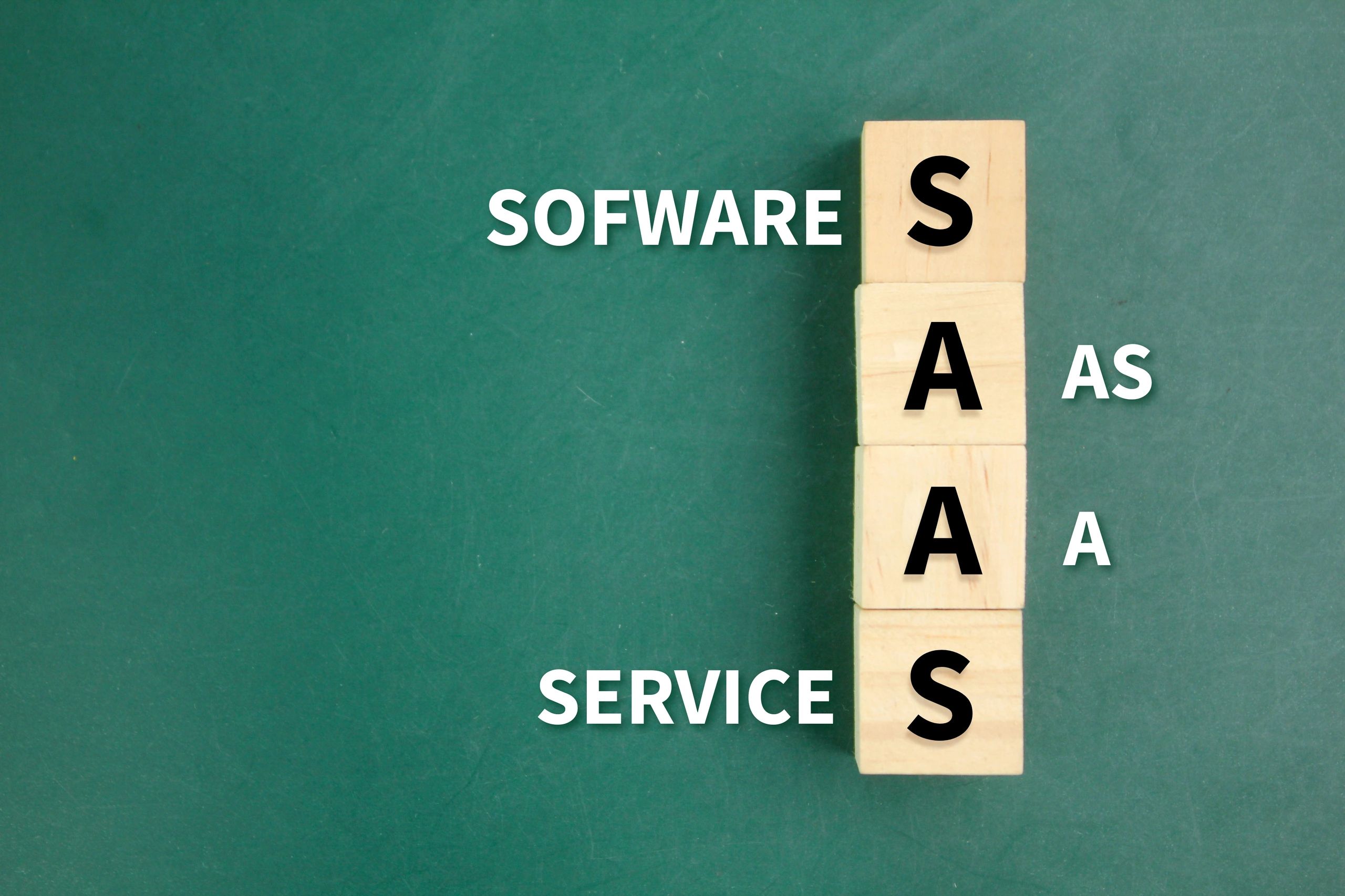SaaS is dead? Not Really — But Here’s Why It’s Changing Forever (And How You Can Win)
Over the past few years, a question has been quietly gaining momentum in tech circles: Is SaaS dead?
The short answer is: No, SaaS isn’t dead.
But what is dead is the old SaaS playbook — the one that relied on simply building a decent product, slapping on a subscription price, and expecting a steady stream of customers without ongoing strategic innovation. In today’s hyper-competitive environment, just having a “good enough” product no longer cuts it. SaaS is undergoing a profound transformation, and those who fail to evolve are being ruthlessly left behind.
In this article, we will explore why this shift is happening, what it means for SaaS founders and businesses, and how you can not only survive but thrive by embracing the new SaaS reality.
Why the Traditional SaaS Is dead
The decline of the traditional SaaS model can be attributed to several interconnected factors, all reshaping the landscape we once knew.
Slowing Growth
Public SaaS companies, which once enjoyed explosive growth rates of 40% to 50% or more annually, are now experiencing a much more modest reality. Most are hovering below 20% growth year-over-year. This decline is not just a blip; it’s a structural shift. As the market becomes saturated and customers become savvier, achieving the same kind of hypergrowth that was possible a decade ago has become an increasingly uphill battle.
Brutal Competition
Technological advances have made it easier than ever to launch a SaaS product. Low-code and no-code tools, along with AI-assisted development, have dramatically lowered the barriers to entry. While this democratization of technology is exciting, it also means that new competitors can emerge virtually overnight. Standing out in such a crowded marketplace requires more than just solid technology — it demands a compelling value proposition, brand differentiation, and exceptional customer experience.
Sales Fatigue
Gone are the days when a slick demo was enough to win over decision-makers. Buyers have grown skeptical after years of inflated promises and underwhelming results. Each renewal cycle has become a battle, where customers meticulously scrutinize whether your product still delivers sufficient value compared to alternatives. This sales fatigue makes customer retention just as challenging as customer acquisition, if not more so.
Budget Cuts and the Rise of AI
With the explosion of AI, companies are reallocating their budgets. Traditional SaaS subscriptions are under intense scrutiny, with dollars being redirected toward AI tools that promise greater productivity gains. SaaS vendors must now justify every dollar they charge by showing tangible, measurable outcomes, rather than relying on inertia or brand loyalty.
Venture Capital Shift
VCs, once eager to pour money into any SaaS venture with even a hint of promise, have pivoted. Today, much of their focus is on AI-driven startups. This redirection of capital means that fundraising for “pure” SaaS companies has become more competitive, forcing founders to build real businesses with strong fundamentals earlier in their journey.
Commoditization of Software
As software creation has become easier, the perceived value of basic SaaS offerings has declined. Many platforms that once felt essential are now seen as “nice-to-haves.” Customers are demanding not just more features, but demonstrable ROI. In this commoditized world, the only way to stand out is by becoming truly indispensable.

SaaS Is Evolving, Not Disappearing
While it’s tempting to see these trends as harbingers of doom, the reality is more nuanced. SaaS isn’t disappearing; it’s evolving into something smarter, leaner, and far more strategic.
Despite the challenges, global SaaS spending continues to grow at over 10% year-over-year and is projected to surpass $1 trillion soon. This signals massive ongoing demand — but the type of SaaS companies thriving today are different from those that succeeded a decade ago.
The future belongs to SaaS businesses that embrace a new mindset:
Delivering Real Business Efficiency and Outcomes
SaaS companies can no longer succeed based on promises alone. Winners will be those who tangibly enhance their clients’ bottom lines by saving money, saving time, or enabling new revenue streams. It’s about being a mission-critical part of the customer’s operations, not a “nice tool” to have on the side.
Integrating AI-Enhanced Capabilities
SaaS without AI will soon feel outdated. Forward-looking companies are already embedding AI to improve automation, analytics, personalization, and more. AI isn’t just a buzzword anymore; it’s becoming a basic expectation for competitive software.
Focusing on User Adoption and Retention
Churn is the silent killer of SaaS businesses. Sustainable success requires more than landing customers it demands continually driving usage, adoption, and expansion within accounts. Companies that prioritize onboarding, engagement, and customer success will outlast those that obsess only about acquisition.
Building Leaner, Profitable Operations
“Growth at all costs” is a relic of the past. Today, the best SaaS businesses focus equally on revenue growth and operational efficiency. Lean operations, lower CACs (Customer Acquisition Costs), and high CLTVs (Customer Lifetime Values) are the new markers of success.

How to Build a Sustainable, Profitable SaaS Business in 2025 and Beyond
At SaaSVolt, we help founders and tech teams adapt to this new era of SaaS with practical, proven strategies. Here’s the blueprint we’re helping our clients implement:
1. Build Real Efficiency Tools
No more gimmicks. SaaS products today must prove they make a business more efficient. This means building solutions that cut costs, eliminate redundancies, automate repetitive tasks, or create new revenue streams. Every feature you develop should tie directly to a measurable business improvement. We work closely with our partners to prioritize feature sets that demonstrate immediate ROI and create case studies that validate their claims.
2. Embrace AI (Smartly and Strategically)
You don’t need to become an AI company overnight, but you do need to embed AI where it counts. Smart automation, predictive insights, natural language processing — these are the kinds of capabilities customers now expect. At SaaSVolt, we help you identify the best ways to integrate AI into your existing product roadmap without blowing up your costs or complexity.
3. Prioritize Usage Over Short-Term Revenue
Chasing logos and big deals is tempting, but in today’s market, engagement trumps initial contract size. A SaaS company with high user activity and satisfaction has far better odds of expanding and renewing accounts over time. We guide our clients to focus on key usage KPIs, design sticky onboarding experiences, and create value paths that ensure customers not only sign up but stay engaged long after.
4. Focus on Sustainable Pricing and Customer Happiness
Heavy-handed upsells, constant price increases, and aggressive renewal tactics are a fast track to churn. Sustainable SaaS growth today relies on offering transparent, fair pricing and ensuring customers feel like they are getting increasing value year after year. We assist companies in developing smart pricing strategies — including freemium models, value-based pricing, and flexible downgrade paths — that build trust and loyalty.
5. Build Lean, Profitable Foundations From Day One
Forget the old startup mantra of “burn now, figure out profitability later.” In the new SaaS landscape, profitability is the ultimate competitive advantage. We help founders design business models and go-to-market strategies that minimize overhead, optimize CAC, and maximize operational leverage from the very beginning. Building a lean business isn’t just about survival; it’s about setting yourself up for compounding, sustainable growth.
Final Thoughts
SaaS isn’t dead. Lazy SaaS is.
The future belongs to agile, AI-enhanced, outcome-driven platforms that serve real business needs. Those who adapt, focus on true efficiency, integrate AI intelligently, and put customers’ long-term success at the heart of everything they do will not only survive — they will thrive.
At SaaSVolt, we specialize in helping SaaS businesses navigate this transition. Whether you need help refining your product strategy, integrating AI, optimizing your pricing, or building a high-retention user journey, we’re ready to help you succeed.
If you’re serious about thriving in the next era of software, let’s talk.
Your success story in the new SaaS era could start today.
read more about SaaS on: https://blog.saasvolt.com









